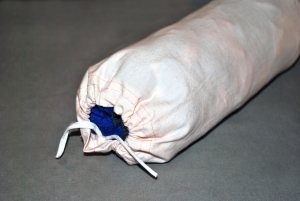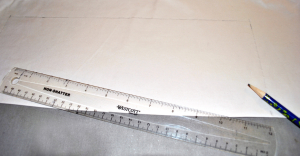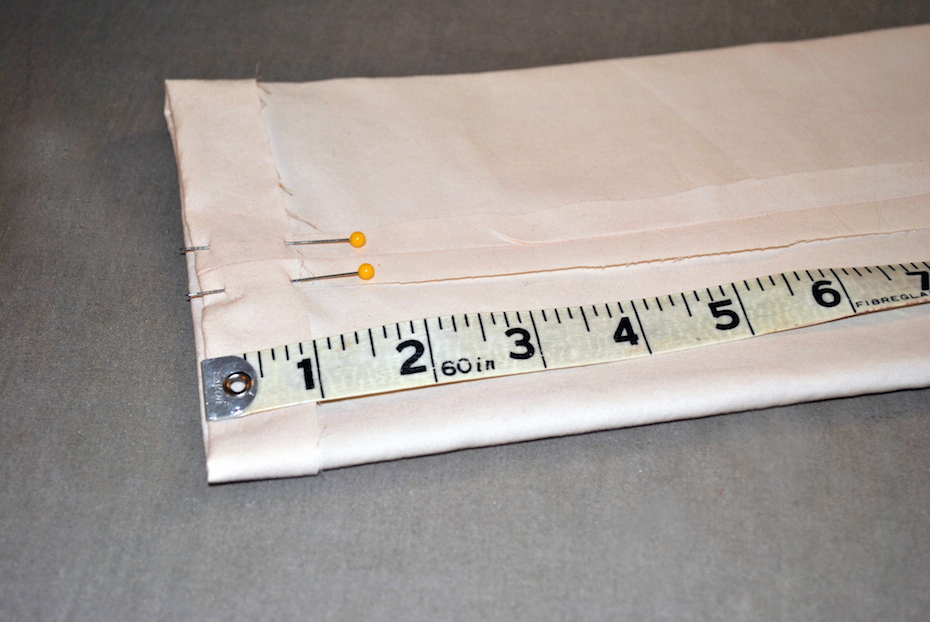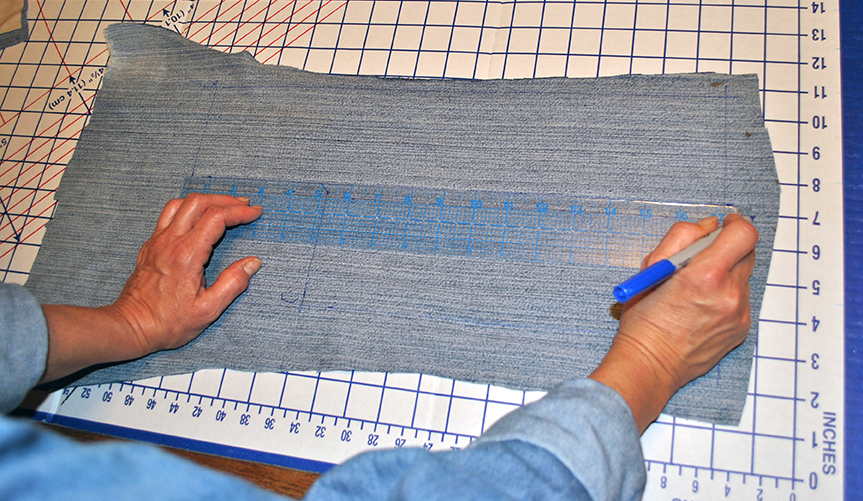Block Those Drafts — Part 1

Keeping the Cold Air out and the Warm Air in
 Our house does not have a mailbox. Instead, we have a mail slot in the front door—the old fashioned kind made of metal, with a spring-loaded door. The slot is large enough to accommodate magazines and thick, 11 x 14” envelopes so most of my mail goes directly into the house. Since I work at home and often get checks in the mail, this is ideal. I never have to worry about my mail being stolen, and I am always aware when the letter carrier comes.
Our house does not have a mailbox. Instead, we have a mail slot in the front door—the old fashioned kind made of metal, with a spring-loaded door. The slot is large enough to accommodate magazines and thick, 11 x 14” envelopes so most of my mail goes directly into the house. Since I work at home and often get checks in the mail, this is ideal. I never have to worry about my mail being stolen, and I am always aware when the letter carrier comes.
The downside of the mail slot is air leakage—both in and out. Since Seattle has mild temps most of the year, this is only an issue during the cold winter months. We were wasting energy and money. And, since “my chair” is in the direct line of the draft, I was even more compelled to do something about it.
 Last year, I started stuffing an ancient diaper in the slot to block the draft. (Yes, I used cloth when my daughter was a baby and still have some great dust rags 20 years later!) It worked well, but was not very attractive. So, I decided to create an aesthetically pleasing draft blocker using recycled materials, of course!
Last year, I started stuffing an ancient diaper in the slot to block the draft. (Yes, I used cloth when my daughter was a baby and still have some great dust rags 20 years later!) It worked well, but was not very attractive. So, I decided to create an aesthetically pleasing draft blocker using recycled materials, of course!
First, I measured the slot—all three dimensions. Make sure you measure to the inside walls of the slot and not just the part you see. I made that mistake with my first attempt. Mine measured 11” wide x 2.5” tall x 2” deep, but yours may be different, so double-check.
My next step was to engineer the design. I wanted something with a washable cover that was stuffed with a material that would fill in the space without any gaps.
I opted for a closed cylinder made of scrap fabric. I used part of an old bottom sheet for the shell. The center of the sheet had worn through from use, but the fabric on the edges was in perfect condition. I started with a 10” x 12” rectangle of fabric. Using ½-inch seams with right sides together, I stitched up the long end and pressed open the seam.
I made a casing at each end by folding in ½-inch of fabric and stitching in a 1/4-inch, making sure to leave the end at the seam open enough to guide elastic through.
After running elastic through the casing at one end, I pulled it tight to close the end and stitched it together. The result was a tube with one end still open to accept the “filling.”
 I wanted a fill that would be somewhat impervious to the cold air, but flexible to fill in the space. My daughter makes fleece hats to sell at festivals like Comic-con and she saves every scrap (I taught her well). Those fleece scraps were ideal for my purpose. Made of polyester they were denser than cotton or other woven fabrics. If you don’t have fleece you could use old nylon stockings, scraps from a wool sweater, or scrap wool yarn cut into small pieces.
I wanted a fill that would be somewhat impervious to the cold air, but flexible to fill in the space. My daughter makes fleece hats to sell at festivals like Comic-con and she saves every scrap (I taught her well). Those fleece scraps were ideal for my purpose. Made of polyester they were denser than cotton or other woven fabrics. If you don’t have fleece you could use old nylon stockings, scraps from a wool sweater, or scrap wool yarn cut into small pieces.
 I filled the tube with enough fleece scraps to take-up the space but kept it loose enough to allow some give when pushed into the slot. Then I added elastic to the open end, pulled it tight and sealed it closed. I now had my blocker—basically a tiny bolster pillow.
I filled the tube with enough fleece scraps to take-up the space but kept it loose enough to allow some give when pushed into the slot. Then I added elastic to the open end, pulled it tight and sealed it closed. I now had my blocker—basically a tiny bolster pillow.
After making sure it fit well, I proceeded to make the cover—something that would look good with my decor and be easily washed if needed. My color scheme is blues and browns, so old faded jeans were a great source for fabric. I have a stash, so I was able to select the perfect shade of blue.
I went through the same steps as I did for the “pillow,” but instead of filling the tube, I left one end open. The pillow slotted perfectly into the cover, giving me an attractive and functional alternative to the old diaper.
 It fit snugly, but pushes in from the outside easily so the letter carrier has no trouble with it. Usually I’m home to put it back right away, but even if I am not, it is still better than a draft 24/7.
It fit snugly, but pushes in from the outside easily so the letter carrier has no trouble with it. Usually I’m home to put it back right away, but even if I am not, it is still better than a draft 24/7.
What drafts do you need blocked? I’m working on the gap at the bottom of the kitchen door next.
- Words by Andrea Leigh Ptak
- January 4, 2015
- 4 Comments




Blocking drafts on interior doors also helps to conserve heat and energy. We just installed weather stripping found at Home Depot on the French doors that lead to a sunroom where we keep the temps down in the winter when it’s not in use. Since we frequently exit and enter through those doors a “draft dodger” would not be practical. The weather stripping makes a big difference. Stripping comes in various widths so it’s important to accurately measure the gap you need to seal for efficiency.
Great advice, Mary! Was it difficult to do?
That’s funny, my mom always used to say my old cloth diapers were her best dust rags! Thanks for another great tip on how to live greener!
They truly are—and seem to last forever! They did a great job blocking the draft, but just didn’t look very nice. Thanks for the encouragement.